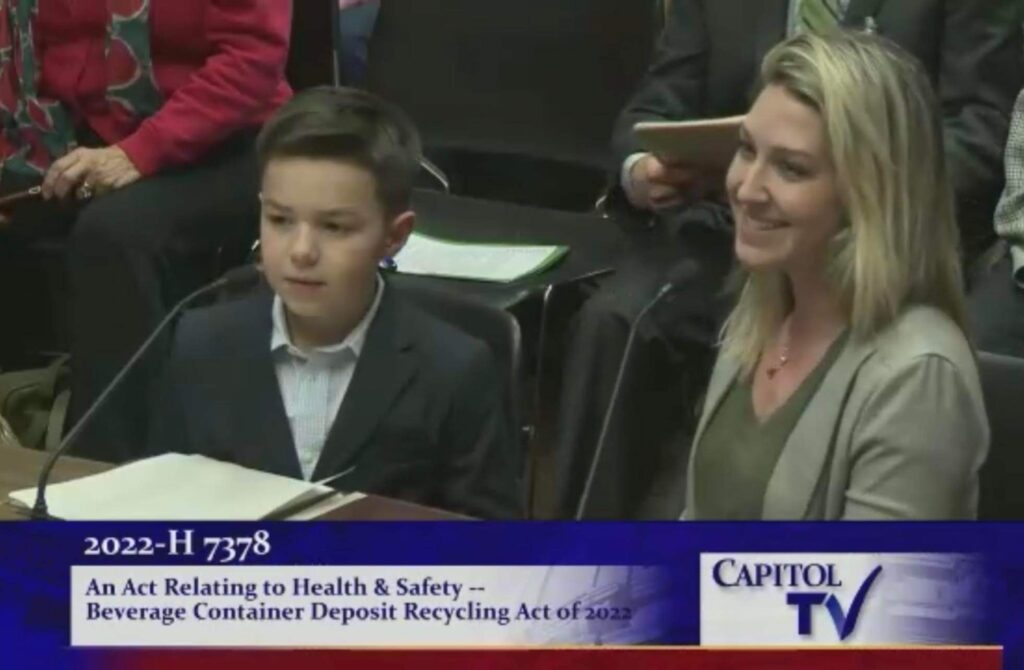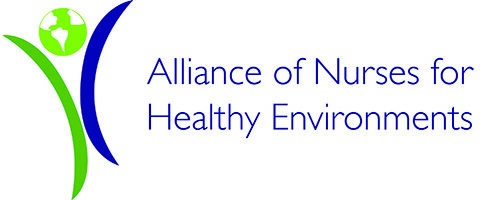Interviewee: Stephanie Santos, BSN, RN
Organization: Miriam Hospital, Rhode Island
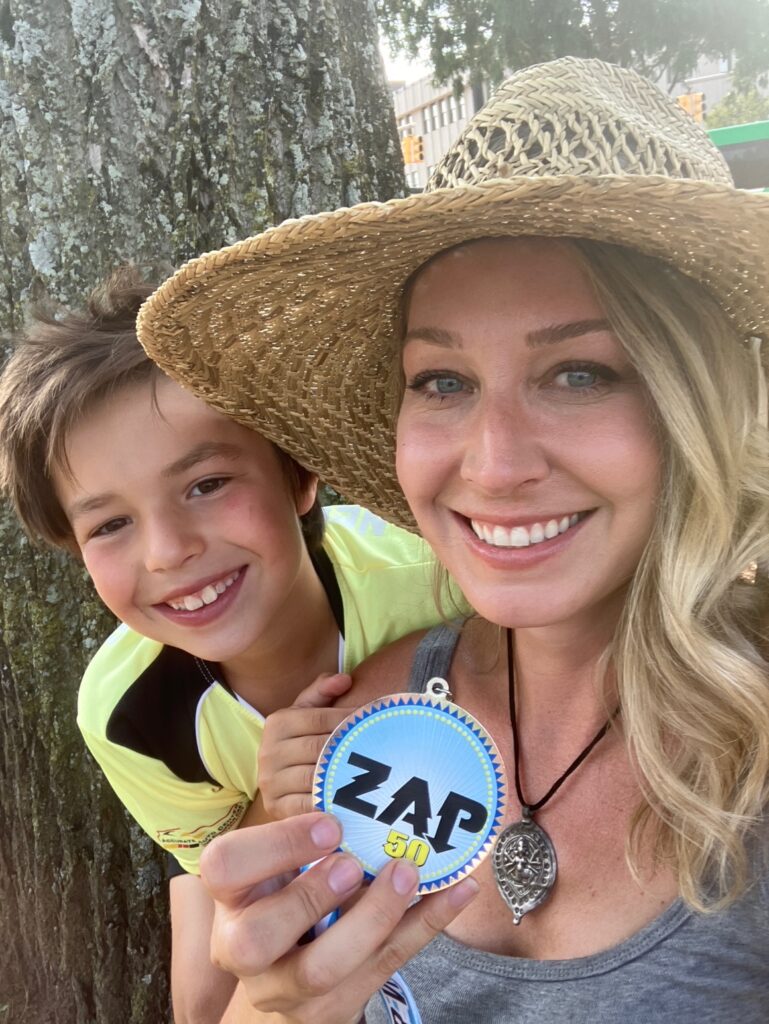
Background
Stephanie Santos, a dedicated BSN, RN at Miriam Hospital in Rhode Island, has spent nearly a decade championing environmental sustainability both within her healthcare institution and across her community. Her journey began with a simple observation: the staggering amount of waste generated in patient rooms, where nearly everything was discarded regardless of its condition. This realization propelled her to join the hospital’s green team, where she has since spearheaded initiatives to reduce, reuse, and recycle, while also extending her efforts to community cleanups, advocacy, and education.
Initiative Overview
Stephanie’s work spans multiple fronts, each rooted in her belief that systemic change begins with individual action. At Miriam Hospital, she collaborates with the green team to educate staff on proper waste sorting, partnering with a local recycling company to conduct inservices on what materials can be recycled.
Her commitment extends to her role as the leader of her town’s conservation commission, where she oversees cleanups, maintains a community garden designed to support mental health, and advocates for policy changes like Rhode Island’s proposed bottle bill, which would incentivize recycling through financial returns. Stephanie also engages in grassroots education, teaching elementary school students about Earth Day and mobilizing volunteers to collect tens of thousands of discarded NIPS (small alcohol bottles) from local environments.
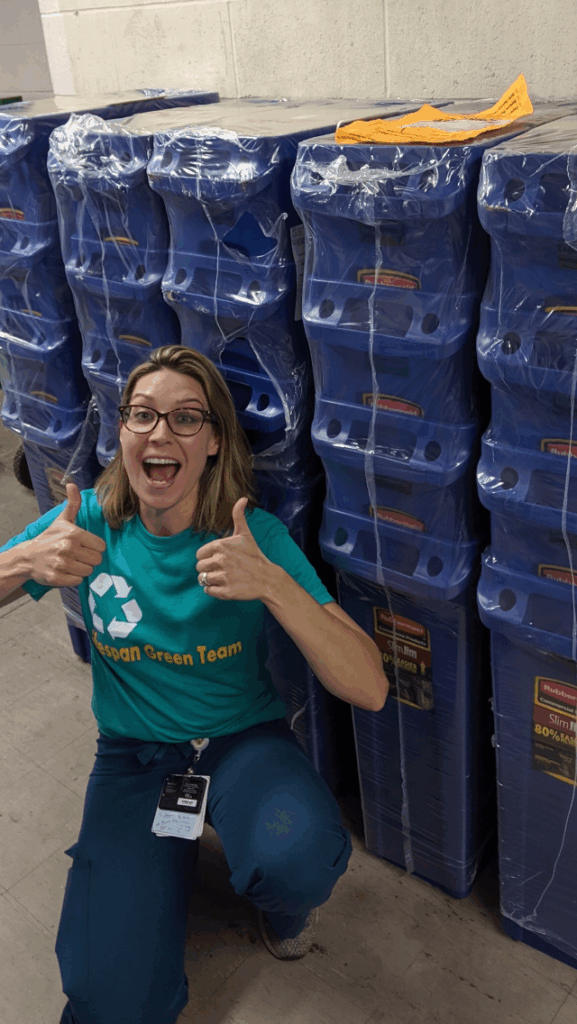
Project Implementation
Within the hospital, Stephanie’s initiatives focus on reducing waste at the source. She works closely with unit managers to encourage nurses to take a more active role in cleaning patient rooms, ensuring that reusable or recyclable items are diverted from the trash. Her efforts have even influenced the hospital cafeteria, where waste reduction strategies have been implemented.
Externally, her partnership with the Blackstone River Watershed Council led to the installation of a litter trap in a nearby river, preventing debris from reaching the ocean. These projects are complemented by her advocacy work, such as pushing for statewide recycling mandates to address the lack of enforcement in Rhode Island.
Collaborators
Stephanie’s work thrives on collaboration. At the hospital, she engages management, unit leaders, and frontline staff to foster a culture of sustainability. Her community efforts are bolstered by partnerships with organizations like Blackstone River Watershed Council, ORCA, local conservation groups, and academic institutions like Brown University. She also leverages her conservation commission’s network to amplify her impact, whether through cleanups or policy advocacy.
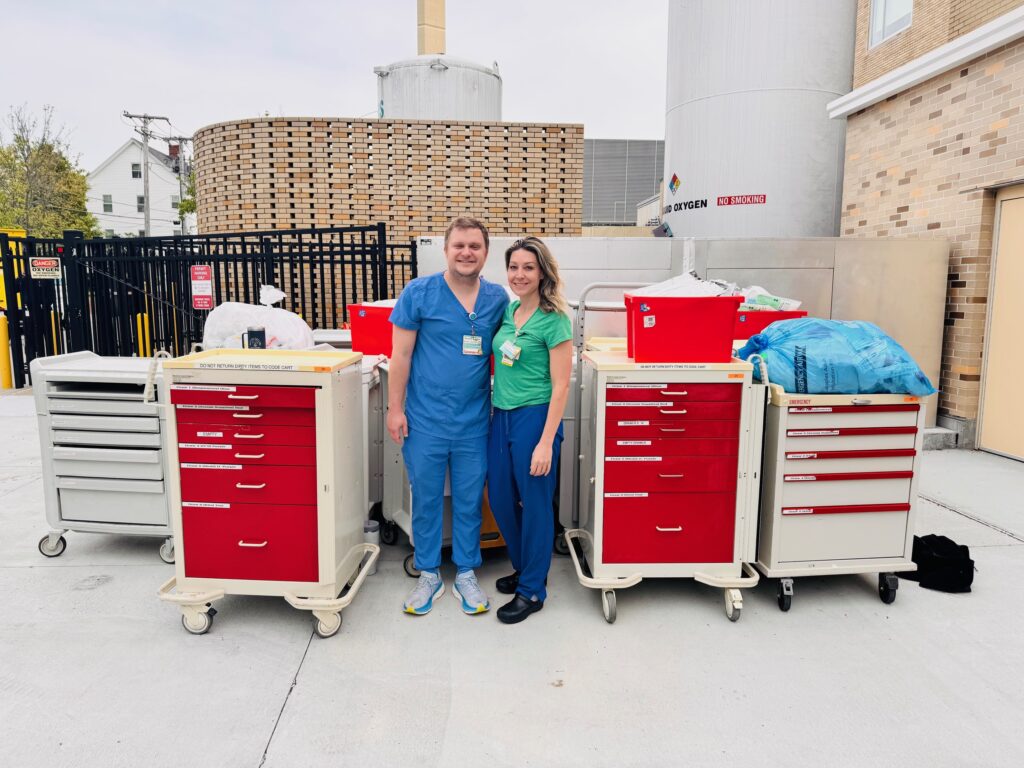
Challenges and Solutions
One of the biggest hurdles Stephanie faced was the initial lack of institutional support. As a unit nurse, she found it difficult to gain traction for her ideas until a colleague in management helped open doors. This experience taught her the importance of allyship and persistence when navigating bureaucratic systems.
Another challenge is Rhode Island’s absence of recycling mandates, which makes it difficult to enforce sustainable practices broadly. To counter this, Stephanie focuses on education and policy advocacy, such as her work on the bottle bill. She also addresses the emotional toll of environmental work through a mindfulness group, helping peers process feelings of overwhelm about the planet’s future.

Results and Impact
Stephanie’s initiatives have yielded tangible results. At Miriam Hospital, her green team’s work has reduced waste in patient rooms and the cafeteria, while her educational efforts have empowered staff to rethink their daily habits. In the community, her cleanups have removed over 90,000 plastic bottles from the environment, and her advocacy has raised awareness about the need for stronger recycling policies.
Perhaps most importantly, Stephanie has inspired others to take action. Her online education module for new nurses provides a roadmap for sustainability in healthcare, and her emphasis on “micro actions”—like swapping plastic utensils for reusable ones—demonstrates that small steps can collectively drive significant change.
Advice for Nurses Starting Similar Initiatives
Stephanie’s advice is both practical and empowering. She encourages nurses to join or form green teams within their hospitals, emphasizing that even modest efforts can create ripple effects. Education is key, whether through inservices, posters, or online modules. She also stresses the value of community partnerships, which can amplify impact beyond the hospital.
Above all, Stephanie reminds her peers that sustainability is a journey. “Micro actions are still actions,” she says, urging nurses to start small, persist through challenges, and celebrate every victory along the way.
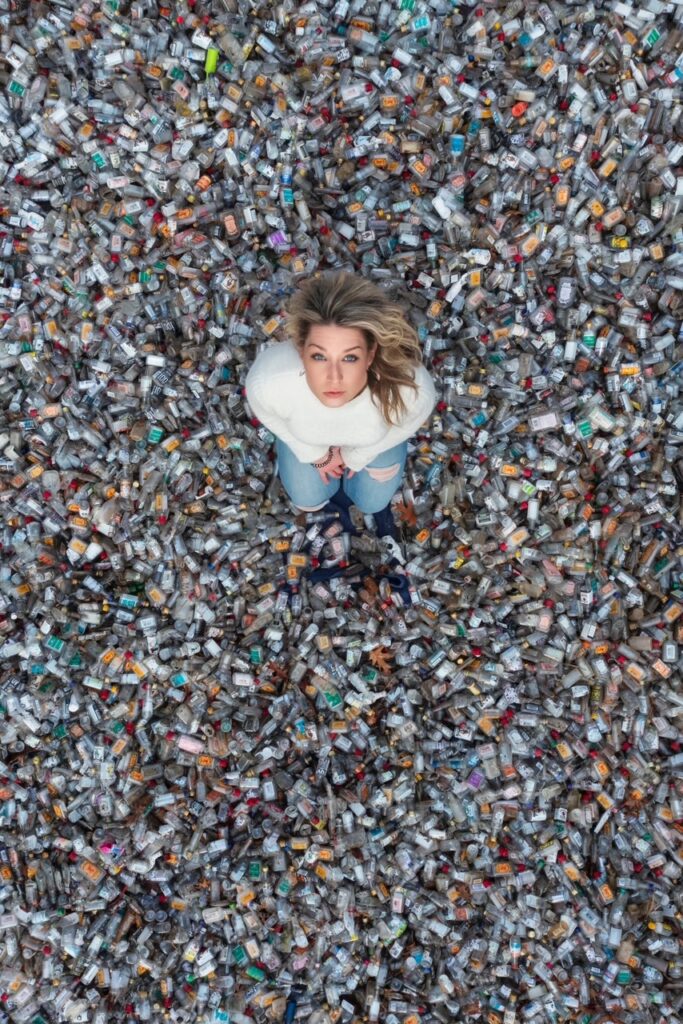
Conclusion
Stephanie Santos demonstrates how nurses can drive environmental change both inside and outside hospitals. Her blend of grassroots activism, education, and policy advocacy offers a replicable model for healthcare sustainability.
